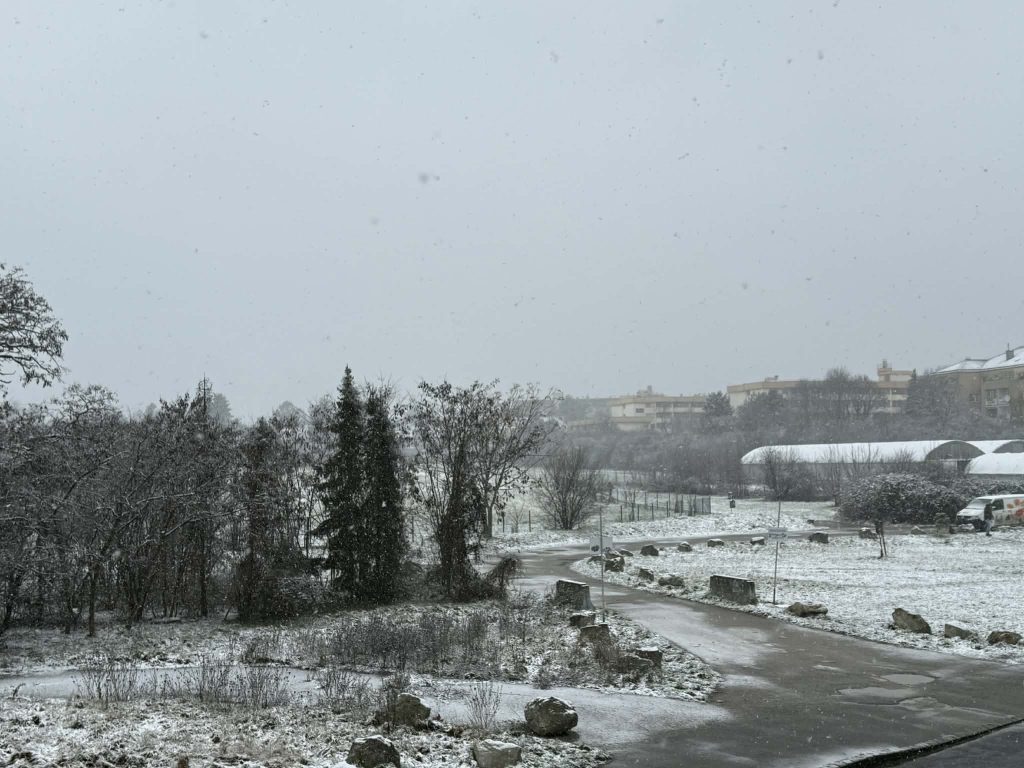The first polling stations for the federal presidential election have long since opened. The first ones will even close again in a few hours. As early as 6 a.m., six polling stations in Tyrol and Lower Austria were welcoming voters.
Not all of them will be open when the first four polls close at 9 a.m. in Tyrol and Styria. But at least in some parts of Austria – for example, in the federal capital – there is still time to vote until 5 p.m. Then the last polling stations will close.
But it is already a record-breaking federal presidential election: six candidates want to challenge the incumbent for the seat in the Hofburg. With seven candidates, the choice on the ballot is more significant than ever before.
Young and old
And what’s more: this year, the youngest of all 51 candidates who have ever applied for the highest office in the state can also be marked. Dominik Wlazny, better known to many under his stage name Marco Pogo, only reached the legal minimum age of 35 last December. Incumbent Alexander Van der Bellen may not be the oldest of all candidates who have tried, but he is the most senior federal president to run for a second term.
This could also set a new record on the day of the inauguration: If Van der Bellen wins the election, he will become the oldest federal president to be sworn in since the introduction of the popular election in 1951. The head of state elected at that time, Theodor Körner, was the previous record holder – he was 78 years old at the inauguration. Van der Bellen will also be 78 years old on January 26, 2023, when the next term of office begins, but he will have lived a few more days.
Around 6.4 million eligible voters can decide on the head of state for the next six years. Besides the youngest and the oldest, however, there is a lot in between. The FPÖ is sending Walter Rosenkranz, the MFG Michael Brunner, into the race. Also on the ballot are former FPÖ and BZÖ politician Gerald Grosz, Tassilo Wallentin, who wrote a column in the Krone until his candidacy, and Gea boss Heinrich Staudinger.
Incidentally, the final election results for the Federal Presidency will not be known until Monday. Only then will the absentee ballots be counted. Whereas the last votes in the traditional absentee ballot had to be cast in the post box before 9 a.m. on Saturday, voters can still hand in their absentee ballots at home at one of the approximately 10,100 polling stations and be counted as ballot box voters.
One million absentee ballots
Election cards are very much in demand this time: a total of almost one million were issued, as the Ministry of the Interior announced on Friday: around 958,136 of the sum of 6,363,489 Austrians eligible to vote, about 15.1 percent have applied for an election card. If turnout and response are similar to 2016, that means about 820,000 absentee voters.
If none of the candidates breaks the 50 percent mark, it will be a matter of waiting: the runoff election between the two first-place finishers will take place in four weeks. By then, at the latest, it will be clear who will move into the Hofburg – the official residence of the Federal President since 1946 – for the next six years.
And a lot can happen in the representative rooms of the Republic. Incumbent Van der Bellen has had to appoint a minister more than 60 times. The swearing-in and dismissal of the chancellor and government members are among the essential functions of the head of state: The president appoints the chancellor and, on their recommendation, the remaining ministers. The president also has a say in the composition. Former incumbent Thomas Klestil, for example, rejected two FPÖ ministers.
The president also has the power to dismiss ministers on the chancellor’s recommendation. However, that doesn’t happen very often. In 2019, however, Van der Bellen dismissed Interior Minister Herbert Kickl at the request of Sebastian Kurz.
- source: derstandard.at/picture: Bild von Leonhard Niederwimmer auf Pixabay
This post has already been read 1472 times!



